Was Mars a dry and cold planet billions of years ago like we see today, or was it warmer, wetter, and possibly having the conditions for life as we know it? This is what a recent study published in the Journal…
Category: Earth
-

New Coronagraph Design Reveals Hidden Exoplanets
How can astronomers develop better methods for blocking the intense starlight of an exoplanetary system and reveal the exoplanets hiding underneath the glare? This is what a recent study published in Optica…
Continue Reading
-
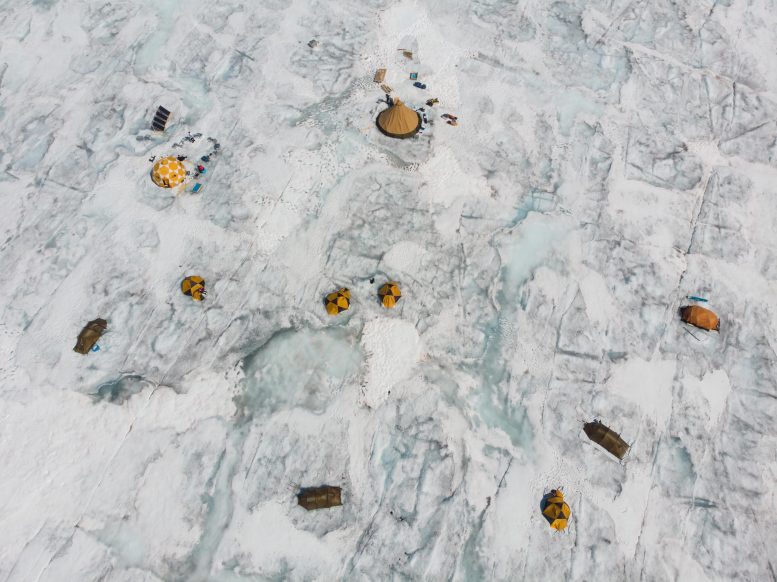
The Mysterious Algae That Melts Ice: Microscopic Life Fueling Glacier Loss
The tiny ice inhabitants darken the glacier’s surface, which can accelerate its melting. Glaciers are massive bodies of white ice that reflect a significant amount of sunlight. However, in areas where the snow has melted and the bare ice is…
Continue Reading
-

Cave Clues Uncover How Early Humans Crossed One of Earth’s Harshest Deserts
Isotope analysis of limestone cave deposits indicates repeated humid periods in the Saharo-Arabian Desert over the past eight million years. The Saharo-Arabian Desert is one of the world’s largest biogeographic barriers, significantly limiting…
Continue Reading
-
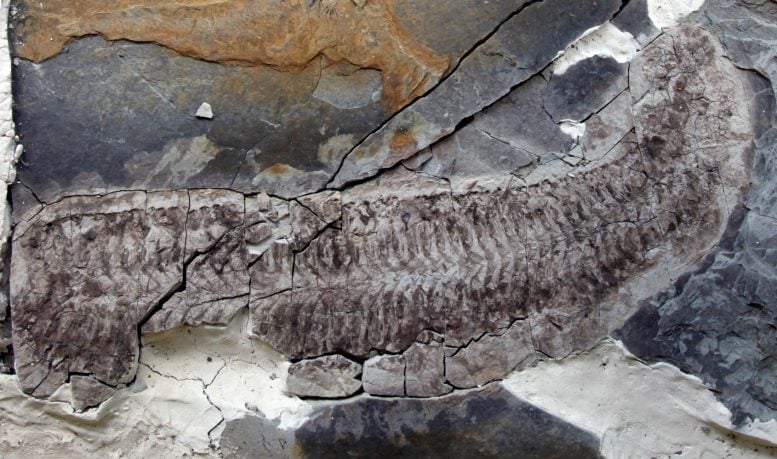
Strange “Inside-Out” Fossil Stuns Scientists With 444-Million-Year-Old Soft Tissues
A study from the University of Leicester describes a newly identified fossil species that is 444 million years old, with its soft internal structures remarkably well preserved. A newly identified fossil species dating back 444 million years has…
Continue Reading
-
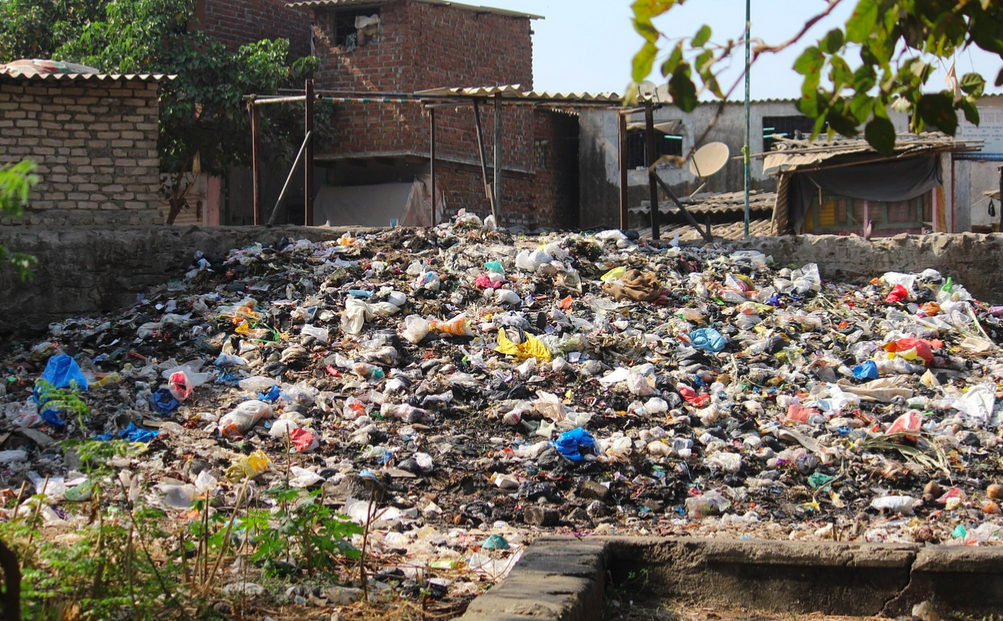
Microplastics are Now Also Found in Plant Leaves – and Food
Plastics are everywhere in our world, and these tough chemicals that are used in everything from food packaging to roofing materials don’t dissolve or biodegrade. They simply break down into smaller and…
Continue Reading
-
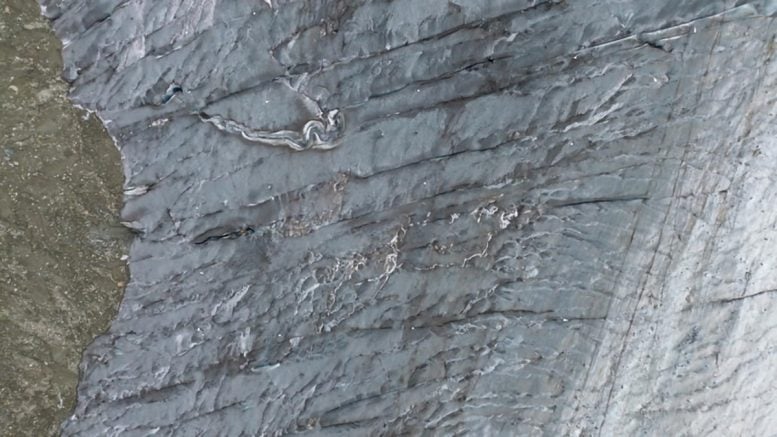
Fiber Optics Reveal Hidden Seismic Signals Beneath Swiss Glacier
Fiber optic cables on a Swiss glacier detected icequakes from crevasse openings, offering a powerful new method for seismic monitoring in harsh environments and potential applications in other fields like carbon storage and geothermal energy. A…
Continue Reading
-
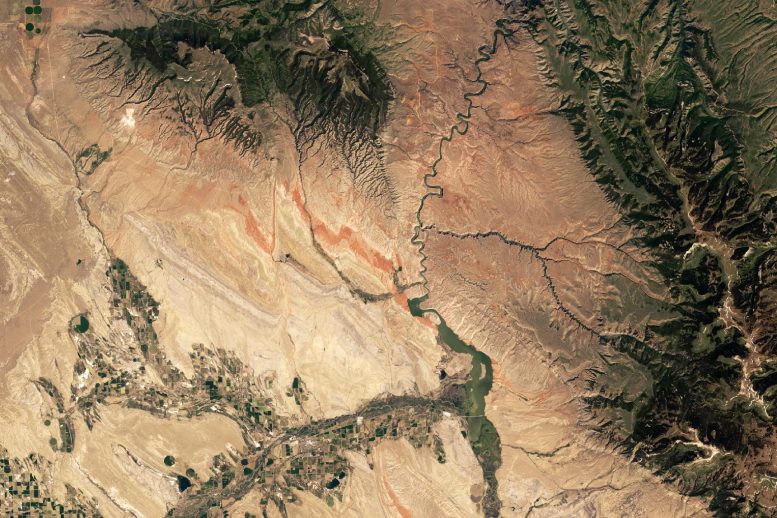
How Ancient Superstorms Painted the American West Red
In the Triassic era, North America was part of Pangea, a supercontinent whose massive scale sparked extreme monsoons that oxidized ancient sediments into striking red rocks. These “red beds,” rich in iron minerals, are now visible in places…
Continue Reading
-
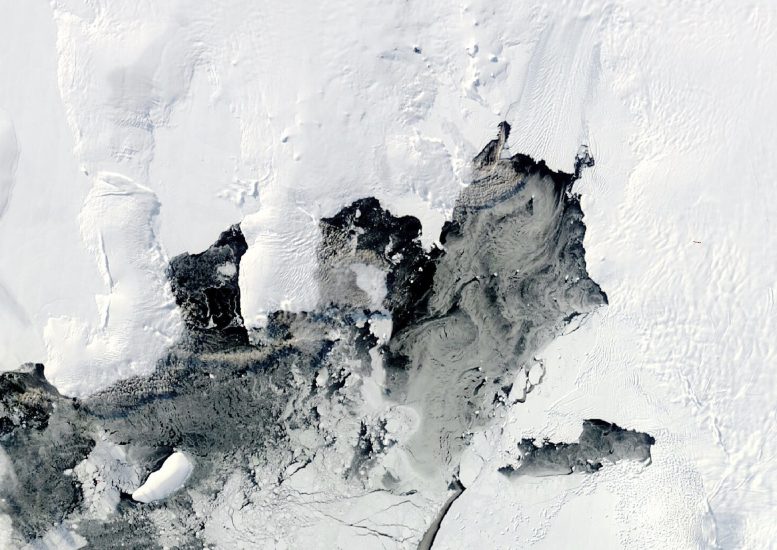
Ghost Ice vs. Rising Seas: A Surprise Antarctic Freeze Near Doomsday Glaciers
As autumn settled over Antarctica, sea ice began its seasonal return, with NASA capturing striking images of new growth in the Amundsen Sea. The presence of persistent “grease ice” near Pine Island and Thwaites glaciers, both notorious for…
Continue Reading
-

Extreme Heat May Cause More Mental Health Disorders
It’s estimated that 3.6 billion people are now living in places that are “highly susceptible to climate change,” according to the World Health Organization. Climate change is expected to exacerbate a variety…
Continue Reading
